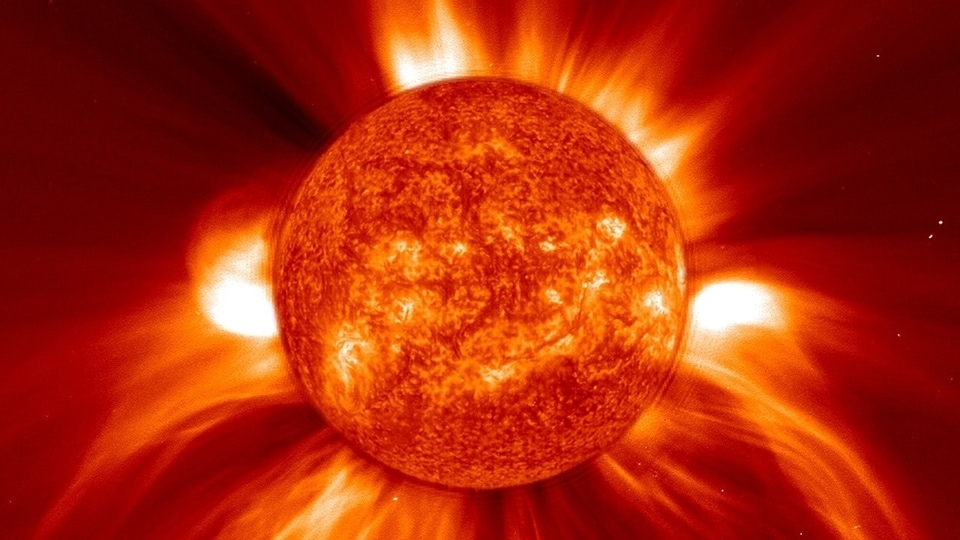Fast-growing sunspot could hurl out M-class solar flares directed at Earth, reveals NASA
The NASA Solar Dynamics Observatory (SDO) has revealed that strong M-class solar flares could be hurled toward Earth by a sunspot. Know all about it.
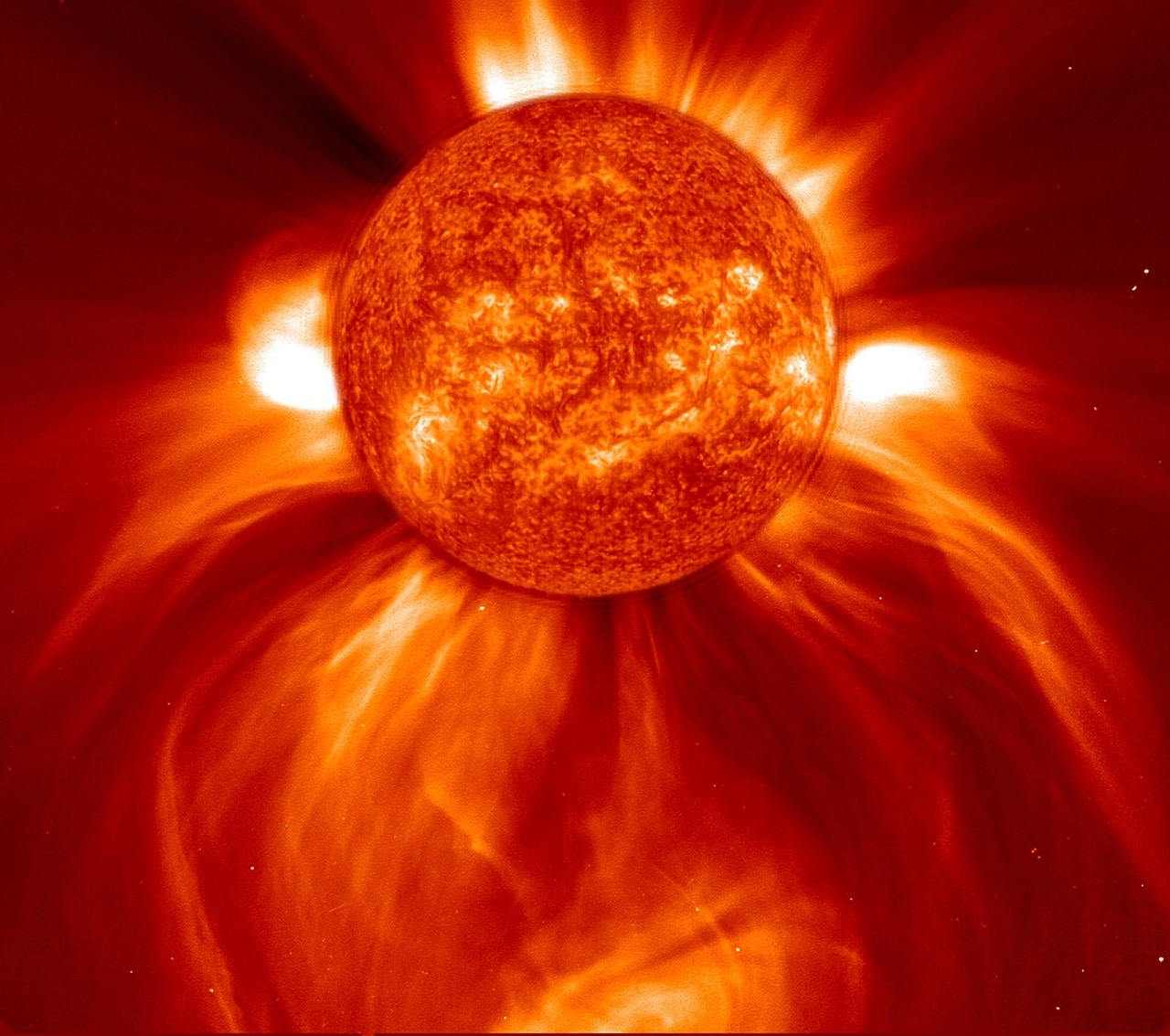
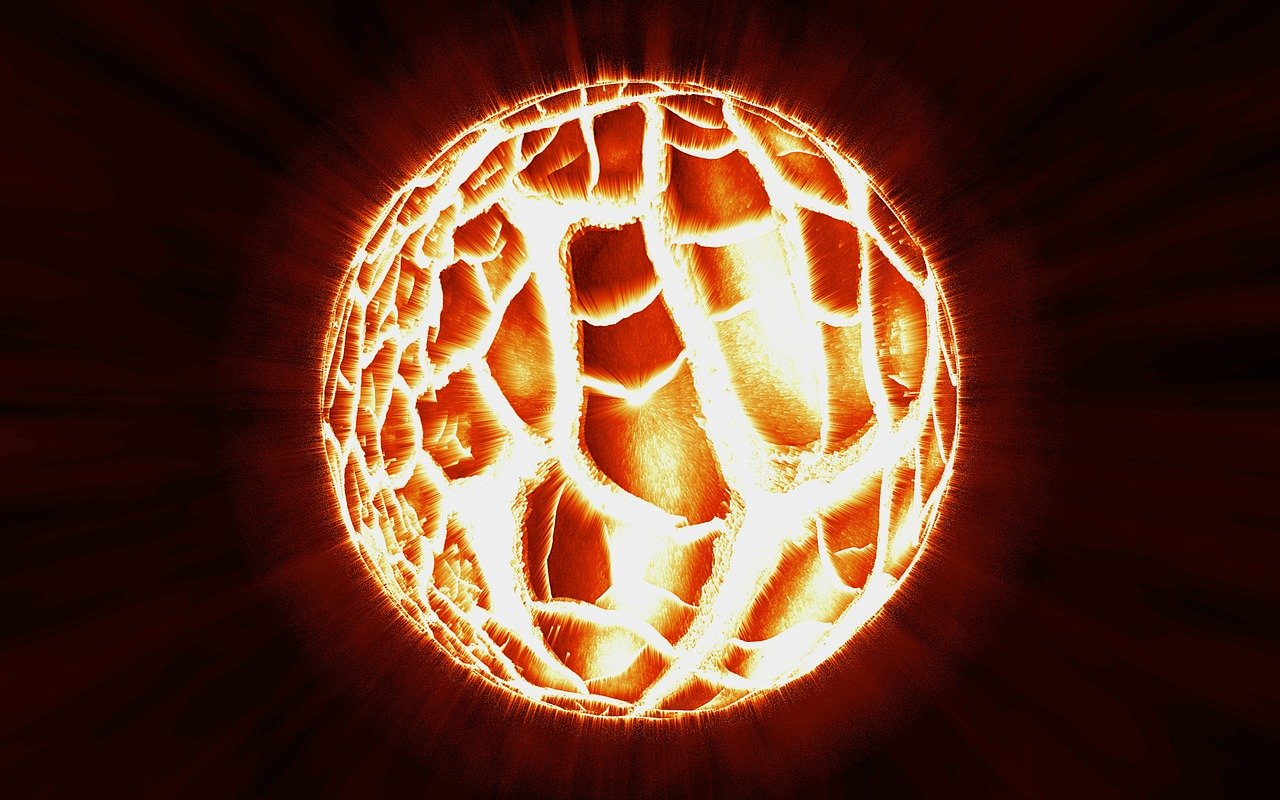
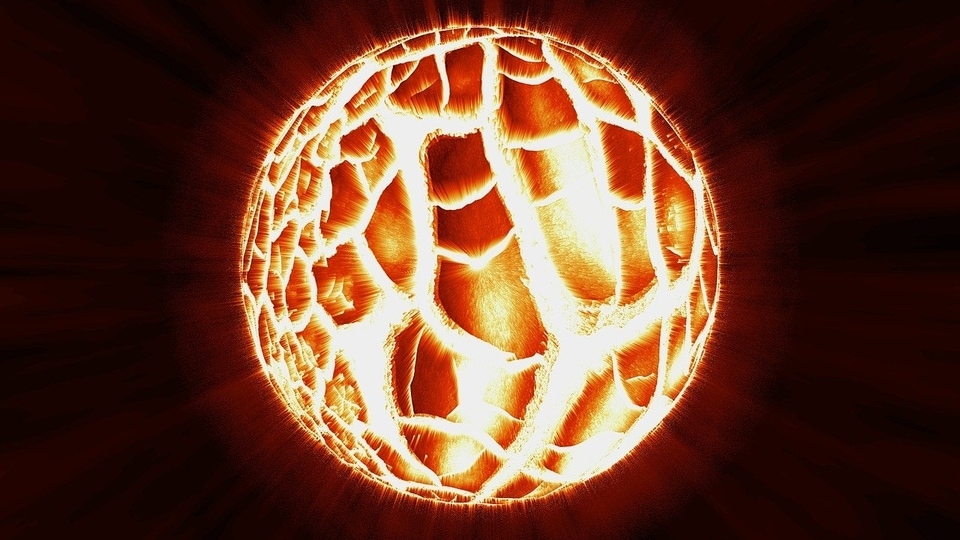
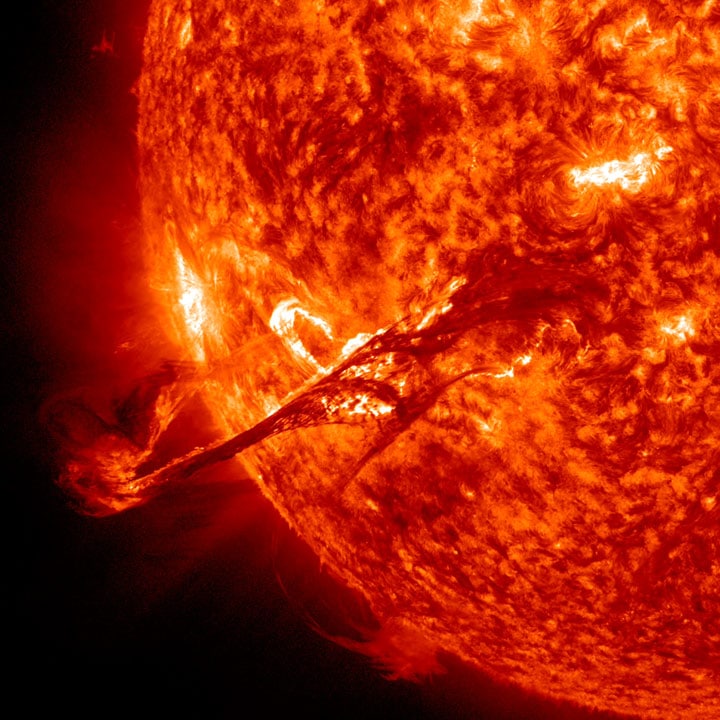



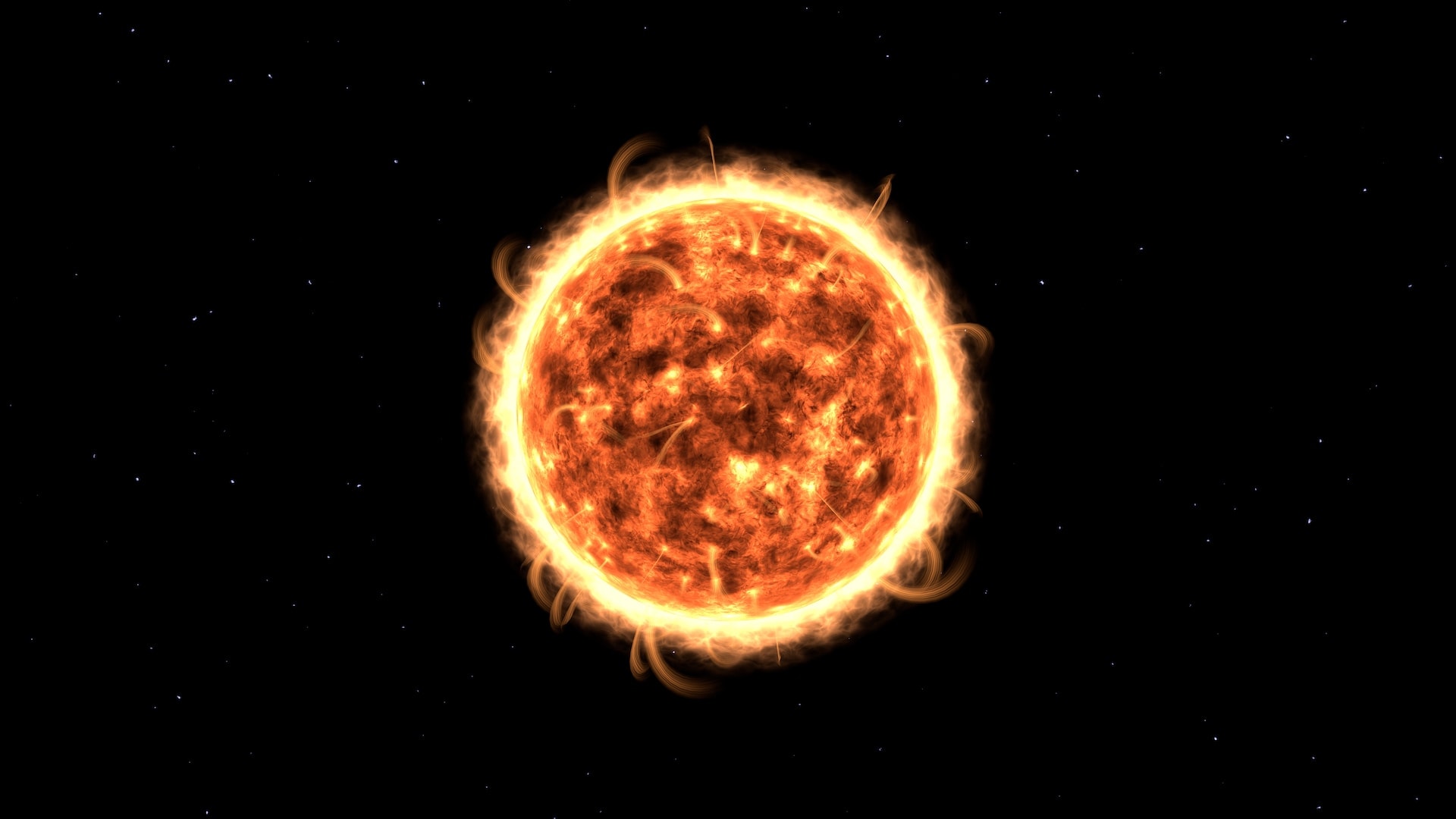
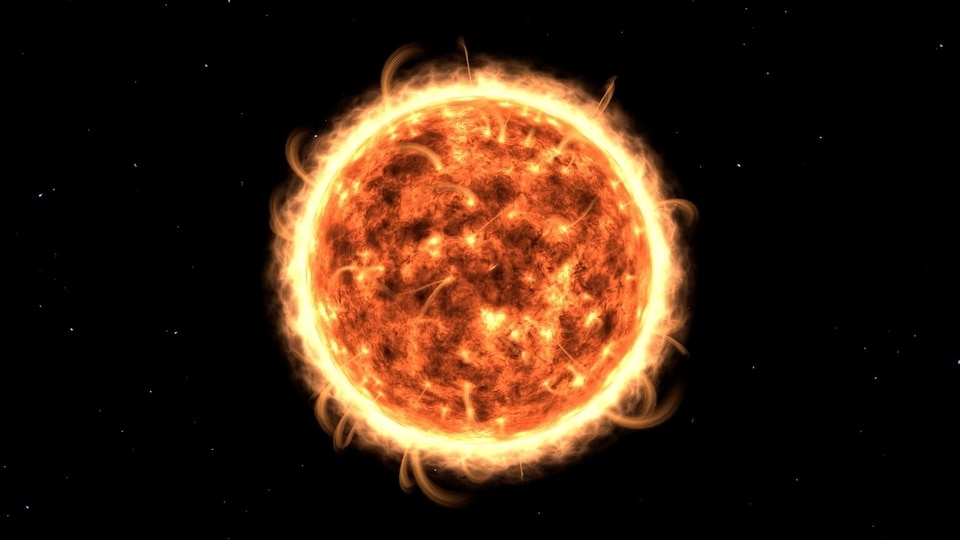
First Published Date: 20 Dec, 12:08 IST
NEXT ARTICLE BEGINS




